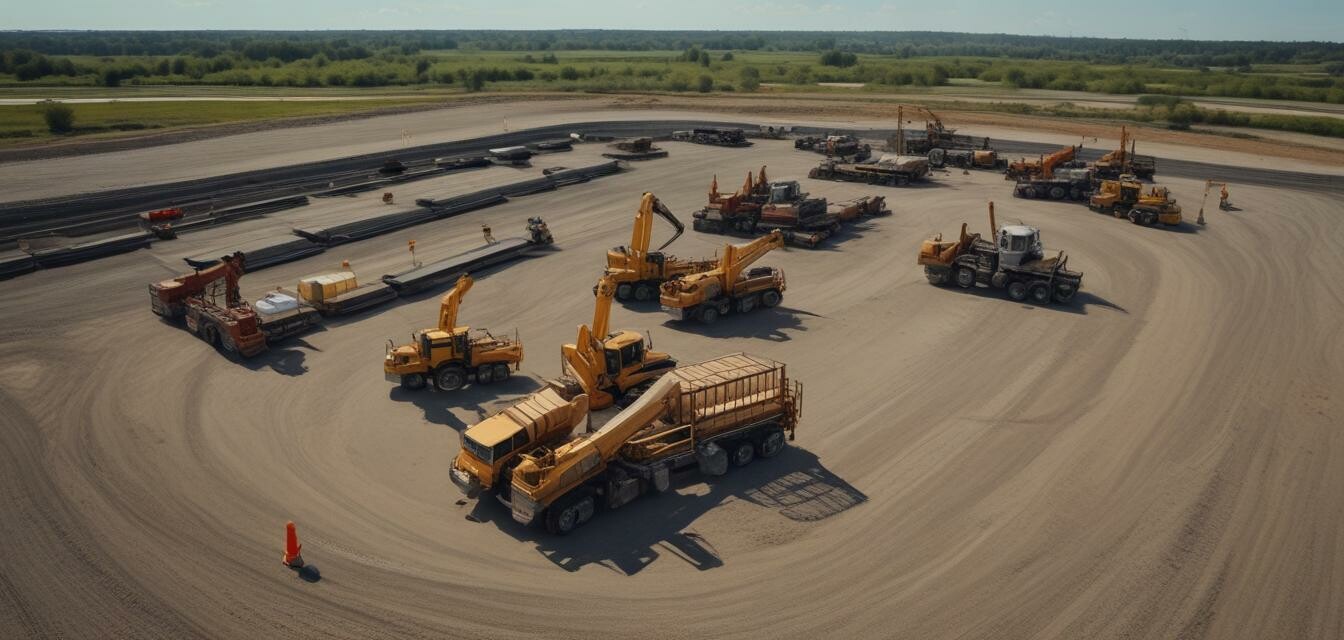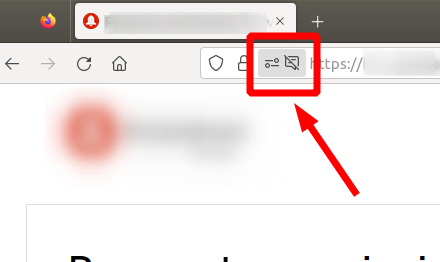
Creating An Efficient Asphalt Worksite
- Assess the worksite for optimal layout.
- Place machinery and tools strategically to minimize downtime.
- Implement safety measures and ensure proper access for workers.
- Establish a clear communication plan for the team.
- Regularly review and adjust the worksite setup for improvements.
Setting up an efficient asphalt worksite is crucial for ensuring productivity and safety during paving projects. Whether you’re a seasoned professional or a DIY enthusiast, having a strategic layout and proper equipment placement can make a significant difference in the workflow. In this guide, we’ll provide you with a comprehensive approach to creating an effective asphalt worksite.
1. Assessing the Worksite
Your first step is to carefully assess the worksite. Consider the following factors:
- Site Dimensions: Measure the area where the asphalt will be laid.
- Access Points: Identify main access routes for equipment and materials.
- Nearby Structures: Be aware of existing buildings or utilities that may affect the layout.
- Weather Conditions: Consider any environmental factors that could impact the work.
Site Layout Planning
After assessing the site, it’s time to plan the layout effectively. Here are key elements to consider:
| Item | Considerations |
|---|---|
| Equipment Placement | Set machinery to minimize travel distance to the work area. |
| Material Storage | Keep materials in easy access locations to facilitate quick loading. |
| Worker Paths | Create clearly defined paths for the team to reduce congestion. |
2. Strategic Equipment Placement
Once the layout is defined, strategically place your equipment:
- **Asphalt Pavers**: Position them where asphalt is to be laid to reduce movement.
- **Rollers**: Ensure they are readily available for immediate use after paving.
- **Maintenance Tools**: Keep essential tools such as trowels and sealants within reach.
- **Safety Gear**: Store safety equipment in visible locations to ensure team members can equip themselves easily.
Communication and Team Coordination
Effective communication is key to maintaining efficiency on the worksite. Consider setting up:
- **Daily Briefings**: Discuss tasks and any potential hazards before starting work.
- **Signal Systems**: Use hand signals or communication devices to coordinate movements, especially in noisy environments.
- **Designated Leaders**: Assign leaders for different segments of the job to streamline decision-making.
3. Safety Considerations
Safety should never be neglected. Implement the following safety measures:
- **Protective Gear**: Ensure all workers wear gloves, safety goggles, and other protective clothing.
- **Clear Signage**: Display signs for hazards, such as wet asphalt or hot surfaces.
- **First Aid Station**: Set up an accessible first aid area for emergencies.
4. Regular Review and Adjustment
As the project progresses, regularly review the worksite setup:
- Assess if the layout is still effective or if adjustments are needed.
- Gather feedback from the team about potential improvements.
- Adapt to any new challenges or site conditions that may arise.
5. Conclusion
Establishing an efficient asphalt worksite is a dynamic process that requires planning, flexibility, and constant attention to detail. By assessing the site correctly, strategically placing equipment, communicating effectively, and ensuring safety, you’ll be well on your way to a successful paving project. For more insights on asphalt paving techniques and tools, be sure to check out our [How-To Guides](https://asphaltpaving.com/blog/how-to-guides) and [Safety Gear](https://asphaltpaving.com/products/safety-gear) articles. Your paving projects deserve the best setup to ensure lasting results.
Pros
- Enhances productivity and efficiency.
- Reduces downtime and logistical issues.
- Improves safety for all workers on site.
- Encourages effective communication among team members.
Cons
- Initial setup can require time and labor.
- May need continual adjustments based on progress.

